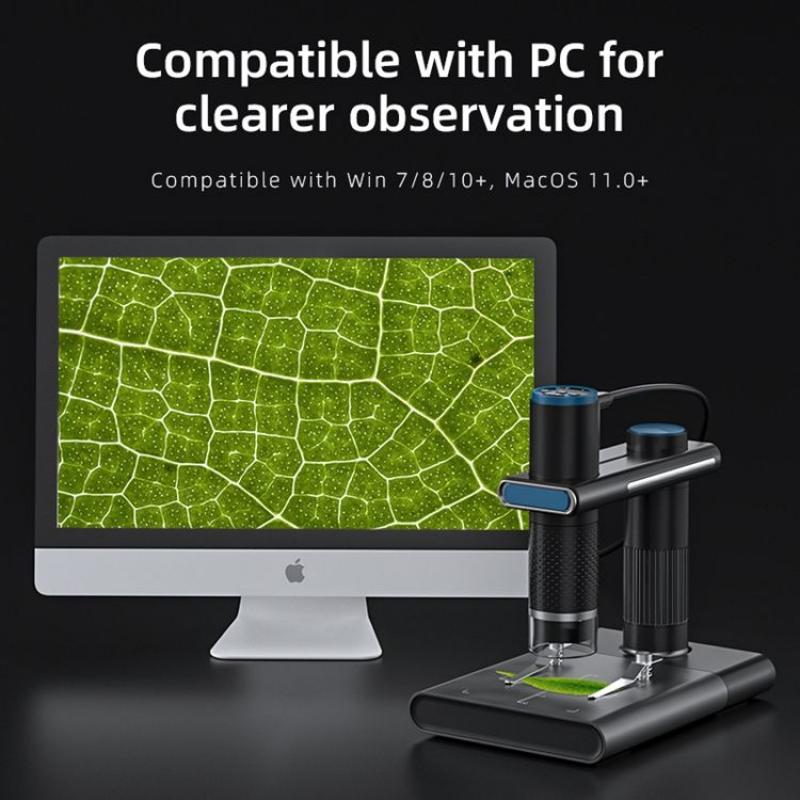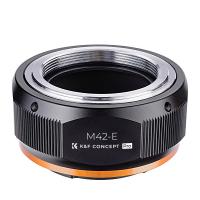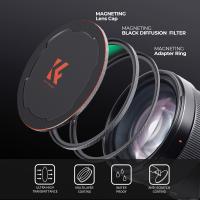Can You See Bacteria With A Light Microscope ?
Yes, bacteria can be seen with a light microscope. However, due to their small size, they may require staining or other techniques to enhance their visibility. Bacteria typically range in size from 0.2 to 2 micrometers, which is smaller than the resolution limit of a standard light microscope. Therefore, staining techniques such as Gram staining or acid-fast staining are often used to increase contrast and make the bacteria more visible. Additionally, specialized microscopes such as phase-contrast or dark-field microscopes can also be used to visualize bacteria.
1、 Bacterial size and structure

Bacterial size and structure play a crucial role in determining whether they can be seen with a light microscope. Generally, bacteria are too small to be seen with the naked eye, and their size ranges from 0.2 to 2 micrometers in diameter. However, with the help of a light microscope, bacteria can be visualized, and their morphology and structure can be studied.
The resolution of a light microscope is limited by the wavelength of light, and it is generally not sufficient to visualize the internal structures of bacteria. However, the external features of bacteria, such as their shape, size, and arrangement, can be observed using a light microscope. For example, cocci bacteria appear as spherical or oval-shaped cells, while bacilli bacteria appear as rod-shaped cells.
Recent advancements in microscopy techniques, such as fluorescence microscopy and confocal microscopy, have enabled the visualization of internal structures of bacteria. Fluorescence microscopy uses fluorescent dyes to label specific structures within the bacterial cell, while confocal microscopy uses a laser to scan the sample and create a 3D image of the bacterial cell.
In conclusion, while the resolution of a light microscope is limited, it is still possible to see bacteria with this type of microscope. However, to visualize the internal structures of bacteria, more advanced microscopy techniques are required.
2、 Microscope resolution and magnification

Microscope resolution and magnification are two important factors that determine the ability to see bacteria with a light microscope. The resolution of a microscope refers to its ability to distinguish two closely spaced objects as separate entities. Magnification, on the other hand, refers to the degree to which an object is enlarged by the microscope.
With a light microscope, it is possible to see bacteria, which are typically between 0.5 and 5 micrometers in size. However, the resolution of a light microscope is limited by the wavelength of light used to illuminate the specimen. This means that it is not possible to see individual bacteria with a light microscope that are closer than about 0.2 micrometers apart.
Recent advances in microscopy techniques, such as super-resolution microscopy, have allowed scientists to overcome the limitations of traditional light microscopy and achieve resolutions of up to 20 nanometers. This has enabled researchers to visualize individual molecules and even the internal structures of cells with unprecedented detail.
In conclusion, while it is possible to see bacteria with a light microscope, the resolution and magnification of the microscope play a crucial role in determining the level of detail that can be observed. With the latest advances in microscopy techniques, scientists are now able to see and study bacteria and other microscopic organisms with greater precision and accuracy than ever before.
3、 Staining techniques for bacterial visualization

Staining techniques for bacterial visualization are commonly used to enhance the contrast of bacterial cells and make them visible under a light microscope. These techniques involve the use of dyes or stains that bind to specific components of bacterial cells, such as the cell wall or cytoplasmic membrane.
While it is possible to see some bacteria with a light microscope, staining techniques greatly improve the resolution and clarity of bacterial visualization. Without staining, bacterial cells may appear transparent or difficult to distinguish from their surroundings.
However, it is important to note that not all bacteria can be visualized using staining techniques. Some bacteria have unique cell wall structures or are too small to be seen with a light microscope. In these cases, electron microscopy or other specialized techniques may be necessary.
Additionally, recent advancements in microscopy technology have allowed for the development of super-resolution microscopy, which can provide even higher resolution images of bacterial cells. These techniques use specialized equipment and fluorescent dyes to visualize bacterial structures at the nanoscale level.
In summary, staining techniques are an important tool for bacterial visualization under a light microscope, but their effectiveness may vary depending on the type of bacteria and the specific staining method used. Advancements in microscopy technology continue to improve our ability to visualize bacterial cells and understand their complex structures and functions.
4、 Limitations of light microscopy for bacterial observation

Can you see bacteria with a light microscope? Yes, bacteria can be seen with a light microscope, but there are limitations to this method of observation. Light microscopy has a resolution limit of around 0.2 micrometers, which means that bacteria that are smaller than this size cannot be seen with a light microscope. However, most bacteria are larger than this size and can be observed with a light microscope.
Another limitation of light microscopy for bacterial observation is that it cannot distinguish between different types of bacteria. Bacteria can look very similar under a light microscope, and it is often necessary to use other methods, such as staining or genetic analysis, to identify specific types of bacteria.
In recent years, advances in microscopy technology have led to the development of super-resolution microscopy, which can overcome the resolution limit of traditional light microscopy. This technique allows for the observation of structures that are smaller than the wavelength of light, including individual molecules and small organelles within cells. Super-resolution microscopy has been used to study bacterial structures such as the bacterial flagellum and the bacterial cell wall.
In conclusion, while light microscopy has limitations for bacterial observation, it remains a valuable tool for studying bacteria and has been instrumental in advancing our understanding of bacterial structure and function. The development of super-resolution microscopy has expanded the capabilities of light microscopy and will continue to contribute to our understanding of bacterial biology.






































